The journey through cancer treatment is a challenging one, both physically and emotionally. Oncology patients often face a multitude of stressors, ranging from the physical toll of the disease and its treatments to the emotional strain of uncertainty and fear. In recent years, there has been growing interest in complementary therapies that can enhance the well-being and treatment outcomes of oncology patients. Among these, Heart-Brain Coherence (HBC) techniques and Floatation Restricted Environmental Stimulation Therapy (REST) have gained attention for their potential to support cancer patients. In this blog, we will explore the benefits of these practices and their role in promoting better outcomes for oncology patients.
Understanding Heart-Brain Coherence
Heart-Brain Coherence, a term coined by the HeartMath Institute, refers to a state in which the heart and brain are in sync, operating harmoniously together. This state is characterized by the synchronization of heart rate variability (HRV) with the brain’s electromagnetic patterns. Achieving HBC involves practicing techniques that allow individuals to align their thoughts and emotions with the heart’s rhythm, thereby promoting overall coherence and well-being.
Benefits of Heart-Brain Coherence for Oncology Patients
- Stress Reduction: Oncology patients often experience high levels of stress and anxiety. HBC techniques, including practices like deep breathing, meditation, and mindfulness, can help reduce stress, calm the nervous system, and improve emotional resilience.
- Immune System Support: Stress is known to suppress the immune system. By reducing stress through HBC techniques, oncology patients may bolster their immune function, potentially enhancing their body’s ability to fight the disease and recover from treatments.
- Pain Management: Cancer treatments can be painful, and pain management is a significant concern for many patients. Studies suggest that HBC techniques can aid in pain management by promoting the release of endorphins, the body’s natural pain relievers.
- Enhanced Psychological Well-being: Maintaining emotional well-being is vital during cancer treatment. HBC practices can help patients manage fear, depression, and feelings of helplessness, fostering a more positive mindset.
Floatation REST: A Sensory Oasis
Floatation Restricted Environmental Stimulation Therapy (REST), commonly referred to as floatation therapy or sensory isolation, involves floating in a buoyant solution of Epsom salt in a soundproof, lightproof chamber. Patients float effortlessly, free from external stimuli, providing a unique environment for relaxation and self-discovery. At Quantum Clinic, we also weave in healing frequencies, designed to support deeper levels of psychological and emotional processing.
Benefits of Floatation REST for Oncology Patients
- Pain Relief: The buoyancy of the floatation tank reduces pressure on the body, providing relief from pain and muscle tension, which is especially valuable for patients dealing with the side effects of chemotherapy and radiation therapy.
- Stress Reduction: The sensory isolation in a floatation tank allows patients to escape the outside world and enter a deep state of relaxation. This not only reduces stress but also helps lower cortisol levels, enhancing overall well-being.
- Improved Sleep Quality: Sleep disturbances are common among cancer patients. Floatation REST can improve sleep quality by promoting relaxation and reducing insomnia, which is crucial for healing and recovery.
- Enhanced Mind-Body Connection: Floatation REST can facilitate introspection and self-awareness, allowing patients to process their emotions and thoughts, thereby improving the mind-body connection.
Combining Heart-Brain Coherence and Floatation REST
The synergy of Heart-Brain Coherence and Floatation REST can offer even greater benefits to oncology patients. Patients who practice HBC techniques during their floatation therapy sessions may enhance the overall effectiveness of both approaches. Achieving heart-brain coherence while floating can deepen the relaxation experience, while floatation REST can also reinforce the positive effects of HBC practices.
Incorporating these complementary therapies into the overall care plan for oncology patients can significantly contribute to their well-being and treatment outcomes. It’s important to note that while these practices can offer various benefits, they should always be used in conjunction with conventional medical treatment, under the guidance of healthcare professionals.
The journey through cancer treatment is undoubtedly challenging, but integrating practices like Heart-Brain Coherence and Floatation REST can provide patients with tools to manage stress, pain, and emotional well-being, ultimately supporting improved treatment outcomes and enhancing their overall quality of life. As more research and clinical evidence become available, these therapies may become increasingly integrated into standard oncology care, providing a holistic approach to patient well-being.

